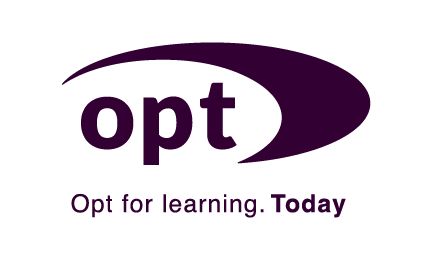Investigations at work are commonplace, from the routine such as gathering information with regard to customer concerns as incorporated into a worker’s daily role, to the more out of the ordinary and complex, such as exploring the facts in respect of alleged gross misconduct.
An investigation into an employee grievance, however, is likely to happen after a period of interpersonal conflict; often lengthy and often exploring the facts around allegations of poor management, “bullying” behaviours, harassment and including claims of unfair treatment and discrimination at work.
By the time a grievance has been submitted it is probable that quite a few individuals will have experienced the negative impact of the conflict: principal parties; bystanders; managers; human resource professionals.
The implementation of an investigation into claims of unfair treatment or discrimination, unavoidable given the nature of the allegations, does, of course, create potential for further distress.
Cases of allegations around “bullying” behaviours can result in the person “accused” adopting a defensive position and wholeheartedly embarking on a quest to disprove the assertions; diligently compiling their “defence” to clear their name and protect their reputation.
Bystanders become involved in order to verify events, creating high levels of anxiety and torn loyalties. Individual perceptions become entrenched; supporting documents are collated and earnestly submitted to support respective viewpoints; indeed, on occasion, the same document can be produced by the principal parties to support their own very different and opposing viewpoints.
-
- Defensive positions are adopted
- Witnesses experience stress and high levels of anxiety
- Individual perceptions become entrenched
- Time spent collating supporting documentation and presenting arguments
The sharp shift into the formal stage can, understandably, be viewed as a process to be avoided, and, of course, informal resolution is always preferable, and much of the time achievable. However, in those cases when a formal process cannot be avoided, a recognition of how the investigation can transform the situation, prevent further escalation of the conflict and serve as a valuable intervention, can be helpful, constructive and cost effective.
A credible and reasonable investigation, with a scope and depth relevant to the particulars of the case, can be beneficial, in the long run, to all parties, i.e. principal, bystanders, human resources and the business overall.
An independent investigation, laying out the reasoning behind the findings can help to clarify the core elements of the circumstances, inform the way forward and provide an opportunity for the principal parties to reflect on the actual facts of their situation. With a sensitive approach to interviewing, clear communication and follow up bystanders can be reassured that the conflict they have witnessed is coming to an end.
-
- Clarify the core elements of the circumstances
- Inform the way forward
- Opportunity for principal parties to reflect on actual facts
- Bystanders can be reassured distressing conflict is coming to an end
It is not a matter of looking through rose tinted glasses in terms of viewing an investigation as a positive exercise; it is recognising that there is room for a change of perception as to the purpose of a workplace investigation and its cost effectiveness.



